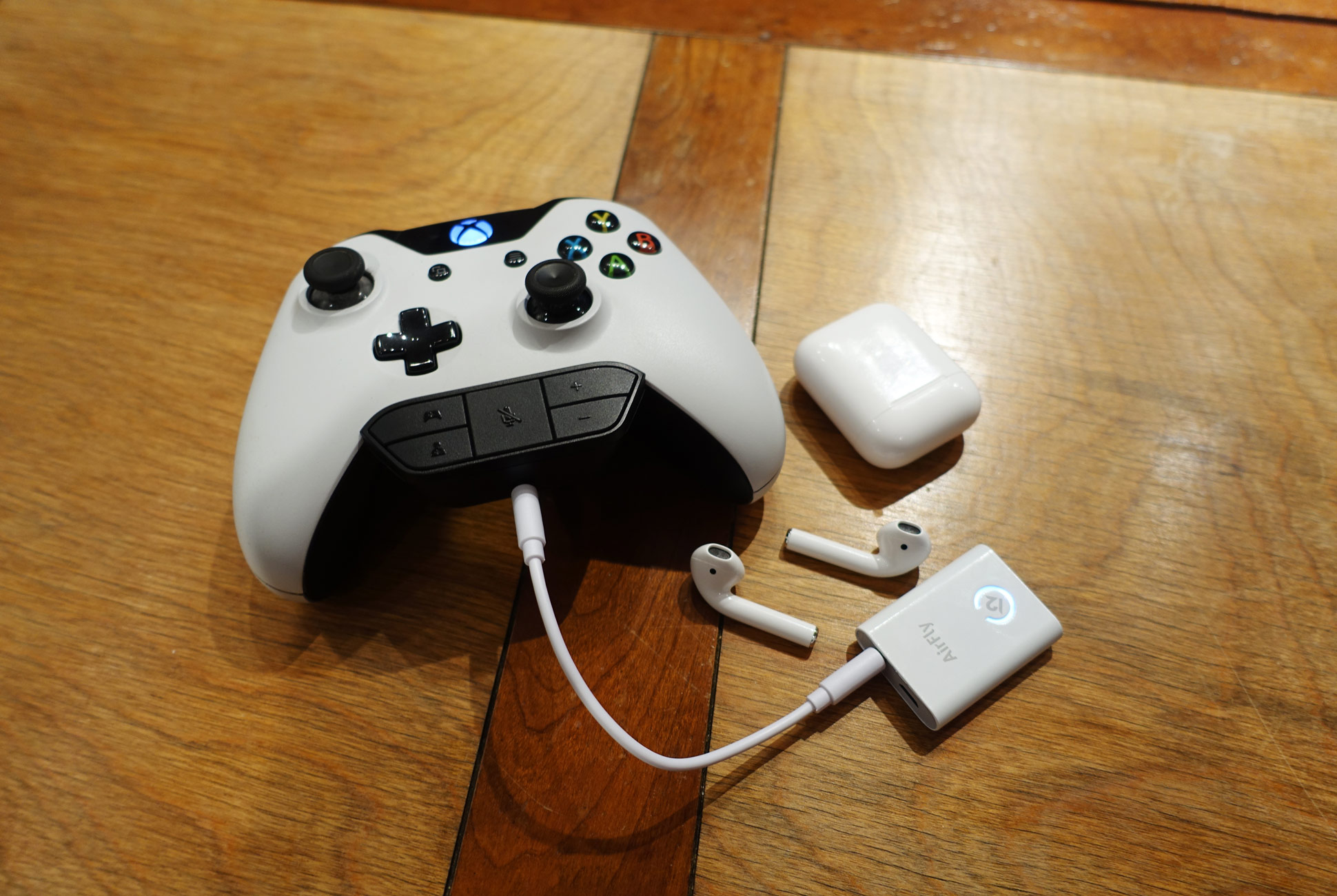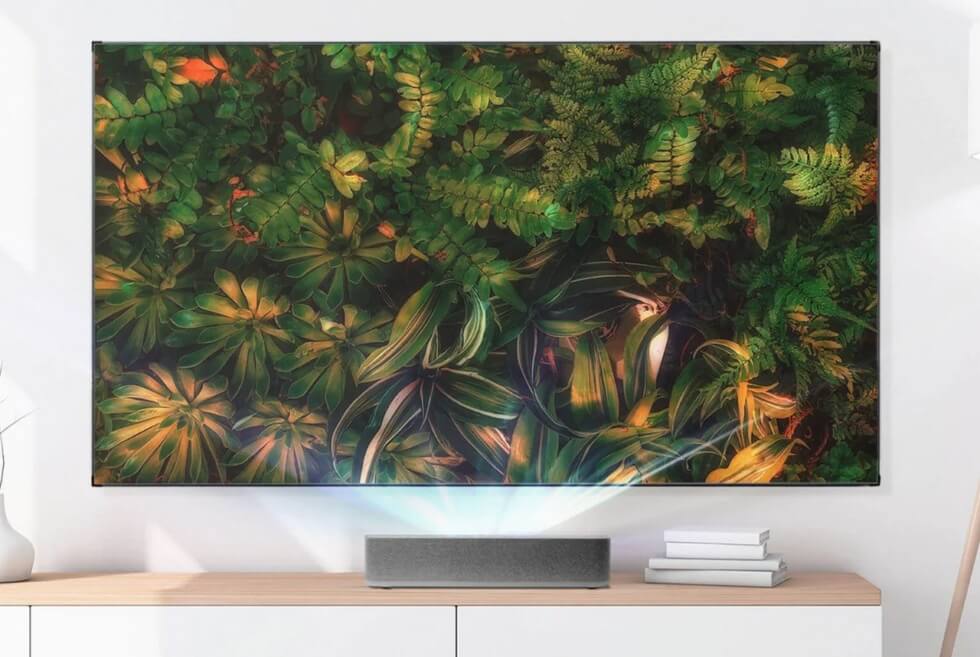When Twelve South announced its nifty little travel accessory, the AirFly ($40), last month, I honestly couldn’t wait to get my hands on one. Its promise was big. It allowed anybody to listen to in-flight movies with AirPods. Previously, you’d have to use a wired headphone — most likely the cheap ones that Delta provides — and plug it into the 3.5mm jack in the armrest or next to the monitor to hear those movies. Not with the AirFly. After an initial pairing process that takes less than 20 seconds, you can plug the AirFly into that said headphone jack and listen to those yet-to-be-released airplane flicks with your AirPods. Beautiful.
As somebody who loves their AirPods — I’m on my second pair after leaving my first set in a California hotel room, but I digress — the AirFly excited me, though not for the reasons you might think. I don’t fly often, so the prospect of using AirFly and my AirPods on an airplane didn’t totally do it for me. Instead, I wanted to see how AirFly changed the way I play video games.
You won’t catch me in big eSports tournaments or anything like that, but I do dabble in the dark arts of a Nintendo Switch and an Xbox One. For the past few weeks, I’ve been using the AirPlay and my AirPods to play both games — and there are pros and cons to both. The Nintendo Switch really lends itself to the AirPlay. The handheld console doesn’t have Bluetooth built-in — a surprising omission, actually — so you need wired headphones if you don’t want everyone around you to hear everything. And the AirFly works seamlessly with the Switch; after pairing with the AirPods, I just plugged the AirFly into the Switch’s headphone jack and was good to go. Boom.
But I expected the AirFly to work well with the Switch. Going into my testing I really wanted to know was whether the AirFly would work with Xbox One — if I plugged it into a controller, would I be able to use my AirPods while playing Xbox Live with friends? The answer is “yes,” but mostly “no.”

I tried the AirFly with two different Xbox One controllers — a new controller with a 3.5mm jack and an older one that required a headset adapter ($25). Both worked pretty much the same: the AirPods could play the game’s auto and I could hear my friends, but the built-in microphone didn’t work, so my friends couldn’t hear me. This wasn’t entirely unexpected, as AirPods have been known to have some issues when paired with some non-iPhone smartphones — but still, this was a bit of a bummer.
At the time of testing, I was also playing around with the Oculus Go, the company’s new portable VR headset. It has a 3.5mm jack for audio, so I was able to use the AirFly (and my AirPods) while watching the World Cup and playing ‘Settlers of Catan’ in virtual reality. I know that the AirFly was designed specifically to allow people to listen to their AirPods on flights, but I found some other uses. True, I wasn’t able to replace my current gaming headset with your AirPods — most serious gamers wouldn’t dream of doing this anyway — but you can’t blame me for trying. I just like AirPods too damn much.
Editor’s Note: It’s worth noting that the AirPlay isn’t a revolutionary product. There are other Bluetooth receivers on the market that can essentially do the same job. However, the AirFly is specifically marketed for AirPods and has an instruction guide that’s specifically geared to help AirPod owners pair their AirPods — what to press, and for how long, etc. It’s just easier, and I appreciate that.



